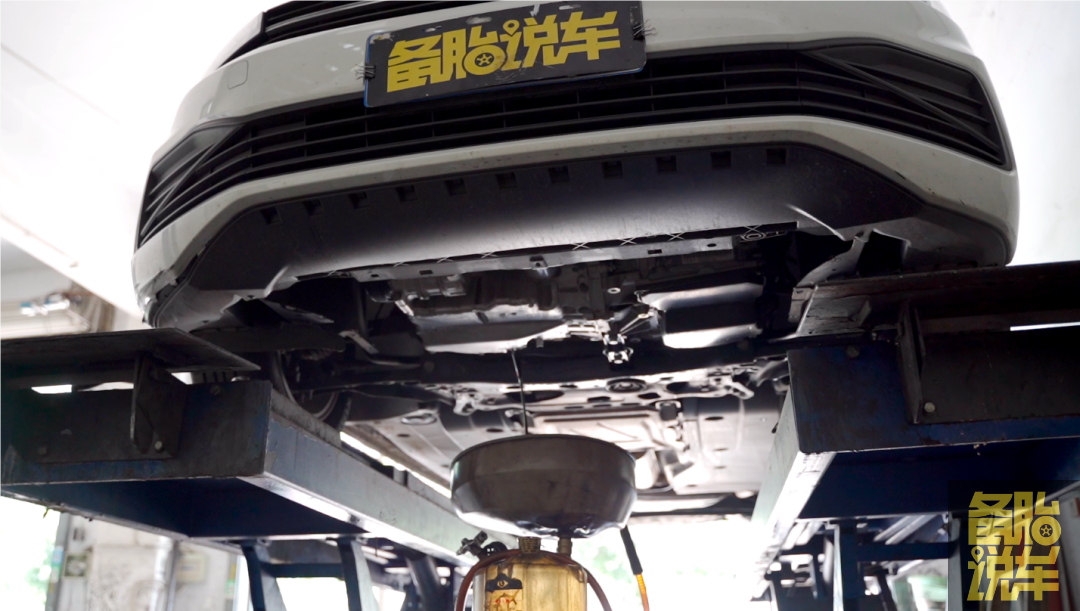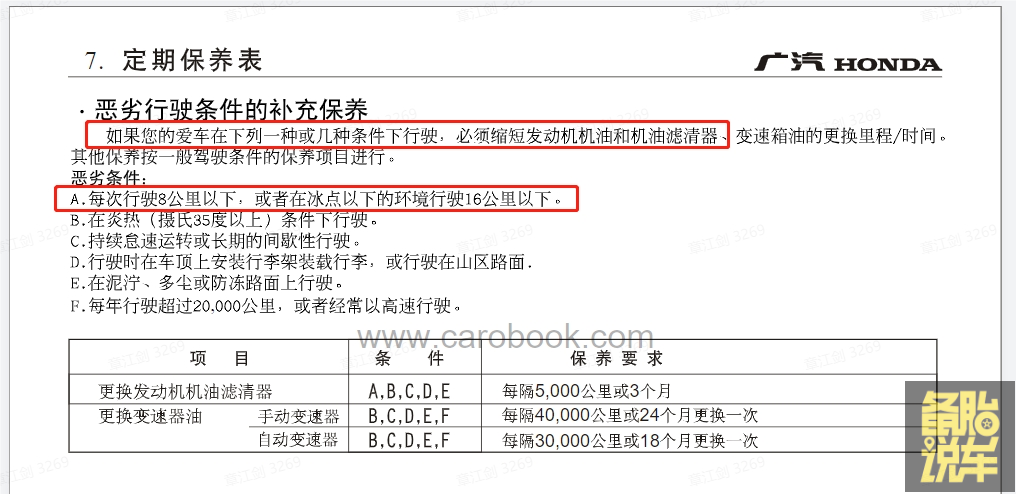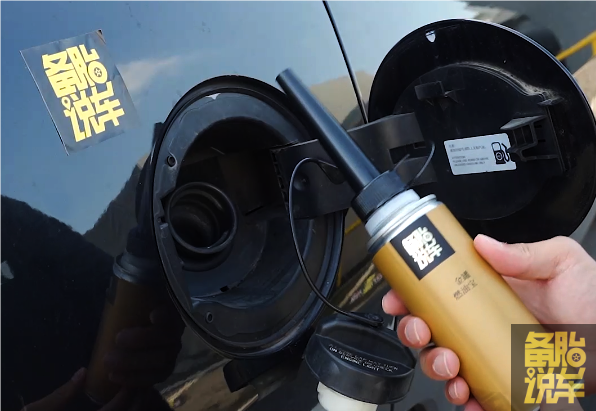Maintaining a car is crucial for its longevity, but many car owners are left scratching their heads when 4S shops insist on oil changes every 5,000km—far more frequently than what the manufacturer’s manual suggests. The truth, as it turns out, often lies in profit margins. This article delves into why 4S shops push shorter maintenance intervals, whether your car truly needs such frequent service, and how you can make informed decisions based on your driving habits.
1. Why 4S Shops Prioritize Maintenance Over Car Sales

The automotive aftermarket, encompassing maintenance and repairs, has emerged as the primary profit driver for 4S shops. While selling new cars typically generates low margins (ranging from 1.5% to 8.7%), post-sale services like oil changes and repairs can deliver gross profit margins as high as 22.3% to 54%. For instance, a 4S shop charging $100 for an oil change could pocket up to $50 in profit.
By doubling the maintenance frequency (e.g., recommending 5,000km intervals instead of the manual’s 10,000km), shops can significantly boost their revenue. For a shop with a $2.3 million initial investment, doubling service income could nearly offset the entire investment within 1–2 years. This explains why shops often prioritize upselling maintenance packages over selling new cars.
2. Do Cars Really Need 5,000km Maintenance?
2.1 Manufacturer Guidelines vs. 4S Shop Recommendations

Car manuals specify oil change intervals based on rigorous testing under extreme conditions, making them conservative but reliable. For instance, a study by China’s Mechanical Science Research Institute found that even after 5,000–6,000km of urban driving, engine oil often remained within safe performance limits.
Despite this, 4S shops may recommend shorter intervals to increase revenue. For example:
- Mineral oil: Manuals suggest 5,000km changes, but synthetic oils can last 10,000–15,000km.
- Full synthetic oil: High-performance formulas resist degradation, yet shops might still push 5,000km schedules.
2.2 Synthetic Oils: A Cost-Effective Alternative

Switching to full synthetic oil allows longer intervals (10,000–15,000km) without compromising engine health. Synthetic oils offer several advantages:
- Resist thermal breakdown better than mineral oils.
- Maintain viscosity in extreme temperatures.
- Reduce sludge and deposit formation.
By using synthetic oil and adhering to the manual’s guidelines, owners can save up to 50% on maintenance costs while ensuring engine protection.
3. When Should You Shorten Maintenance Intervals?
3.1 Harsh Driving Conditions

Manufacturers define “severe driving” as:
- Frequent short trips (under 8km per drive).
- Extreme temperatures (below freezing or above 35°C).
- Dusty or mountainous terrain.
Under these conditions, oil degrades faster. For example:
- Honda recommends 5,000km intervals for the Fit in icy climates.
- Mazda 3’s 10,000km interval drops to 5,000km for stop-and-go traffic.
3.2 The Impact of Short-Distance Driving

Driving less than 5–10km daily accelerates engine wear due to:
- Cold starts: 80% of engine wear occurs during cold starts, as oil takes time to circulate. Cold oil increases friction, causing 6x more wear than at optimal temperatures.
- Incomplete combustion: Short trips prevent the engine from reaching ideal operating temperature, leading to carbon buildup on pistons and valves.
A study by North China University of Water Resources found that frequent short trips (e.g., 5km commutes) reduce engine lifespan by 15%–20% compared to highway driving.
4. Solutions for Short-Distance Drivers
4.1 Adjust Maintenance Schedules

If you drive short distances:
- Follow the “severe driving” schedule in your manual.
- Use low-viscosity synthetic oil (e.g., 0W-20) for faster cold-start lubrication.
4.2 Prevent Carbon Deposits

Carbon buildup from incomplete combustion can:
- Reduce fuel efficiency by 10%–15%.
- Cause engine knocking and misfires.
To mitigate this:
- Add fuel additives: PEA (polyether amine) formulas clean injectors and combustion chambers. Use every 4th fuel tank for maintenance.
- Monthly highway drives: Sustained 30-minute drives at 60–80km/h burn off deposits.
5. How to Avoid Unnecessary Maintenance
5.1 Verify Oil Life Indicators

Modern cars track oil life based on:
- Engine load.
- Temperature.
- Driving patterns.
Ignore the 5,000km advice if your car’s system shows 50%+ oil life remaining.
5.2 Choose Independent Workshops

Authorized 4S shops charge 30%–50% more for the same services. Alternatives include:
- Certified independent garages: Often use OEM parts at lower labor rates.
- DIY oil changes: Synthetic oil + filter costs $40–$60, vs. $120+ at 4S shops.
6. Key Takeaways
- Follow your manual: Stick to the manufacturer’s intervals unless driving in extreme conditions.
- Upgrade to synthetic oil: Extend intervals to 10,000–15,000km.
- Monitor driving habits: Short trips or harsh environments require more frequent checks.
- Use fuel additives: PEA-based cleaners prevent carbon buildup.
- Compare service options: Independent shops offer quality maintenance at lower costs.
By understanding these principles, car owners can save hundreds annually while ensuring their vehicles run smoothly. Always prioritize data-driven decisions over profit-motivated advice.
Note: Prices and examples are based on average global figures. Consult local experts for region-specific guidance.
